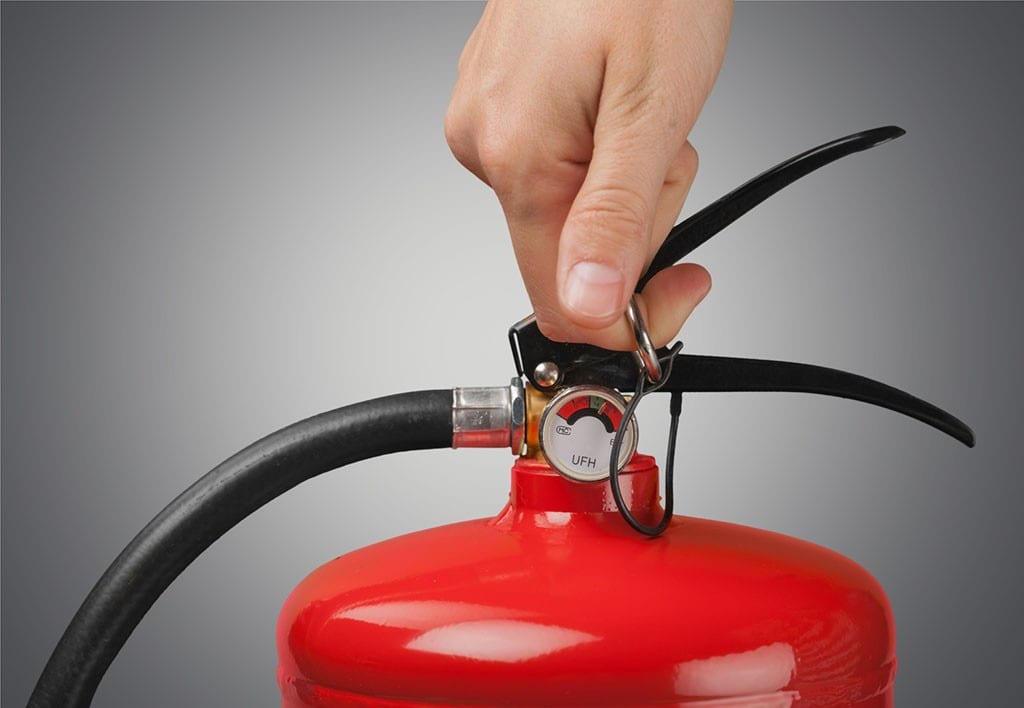Sydney businesses must ensure that they are protected from fires. This isn’t only to ensure compliance with laws, but also for their employees, clients, as well as their property. The effects of a fire can be devastating costs in the shortest time, but the risk can be reduced or even eliminated with the proper security measures put implemented. Inspections for fires, as well as regular tests of electrical systems and compliance with CFSP standards can all be used to create a safe environment.
What is the reason for fire Inspections are the foundation of Safety
Fire inspections are the initial step to protect against risks. The inspections verify that the fire safety system in an establishment is in good condition and operational. Many businesses in Sydney must conduct inspections at least six times annually, based on the type of building and the council regulations. A typical inspection covers everything from fire alarms and sprinkler systems, to smoke alarms, hydrants, extinguishers and emergency lighting.

The ability to recognize hidden issues and fix them before they cause danger is what makes inspections important. Although it may not be a big deal, but a small problem with a fire hydrant, or an alarm for smoke that’s blocked can result in death during an emergency. Regular inspections of fire hazards are a proactive approach for business owners to not only ensure they meet their legal obligations and protect themselves from unplanned tragedies.
Test and Tag Examine Hidden Electric Risks
Electrical systems are among the leading causes of workplace fires which is why testing and tagging must be part of a fire safety strategy. This process involves checking electrical equipment to ensure it’s safe and functional and in compliance, followed by attaching a visible label that demonstrates the item has passed an inspection. For a lot of businesses this is more than just a regular requirement it’s a way to protect against dangers that usually go by unnoticed.
If left unchecked, old wiring, defective appliances, or deteriorated cables could be a fire hazard. Regular testing and marking minimizes the risk of an electrical fault causing the possibility of a fire. It also reassures employees that their work environment is secure, thereby fostering confidence and trust in the workplace. The combination of testing, tagging, and fire inspections creates a complete safety plan that minimizes risks on multiple areas.
The Role of CFSP in Compliance and Certification
In New South Wales, only the Competent Fire Safety Practitioner (CFSP) is authorized to sign and certify important documents for fire safety, like Annual Fire Safety Statements. The introduction of CFSP certification has enhanced fire safety standards by ensuring only experts are qualified to evaluate and verify security. The use of the CFSP guarantees that inspection reports aren’t just paperwork, they are reliable assessments by experts.
The role of a CFSP extends far beyond ticking boxes. They offer detailed reports and ensure compliance to regulations. Businesses without CFSP certification could be at risk of hefty fines, legal problems or even closure if fire safety measures are found to be inadequate. Partnering with accredited professionals ensures that fire safety systems are being maintained correct and that compliance requirements are fulfilled without stress.
Safety in the Fire Service as an ongoing Security Commitment
Every business owner has a responsibility to ensure that fire safety is an absolute priority. Regular inspections and testing of electrical equipment, along with proper certification through CFSP ensure a safety cycle that never ends. Beyond the legal requirements, this ongoing approach fosters an environment of safety in the workplace. Employees feel more secure when they know that evacuation procedures, smoke alarms emergency lighting, and fire suppression systems are in place.
Treating fire safety as continuous procedure rather than an annual checkbox not only reduces risks but also strengthens the image of a company. When safety is the top priority, clients and customers are more comfortable. In the long term, investing in proactive fire protection can save costs by avoiding costly damages such as fines, legal battles, as well as protecting the lives of those who enters the building.
Conclusion
Sydney fire safety needs an extensive approach that includes fire inspections, testing, tagging and certification by an CFSP. Each of these components contributes to helping businesses adhere to regulations, but more importantly in protecting people and property. Companies that place safety as a priority in their operations and not just a passing note will fulfill their legal obligations as well as provide a more stable, safe environment.







